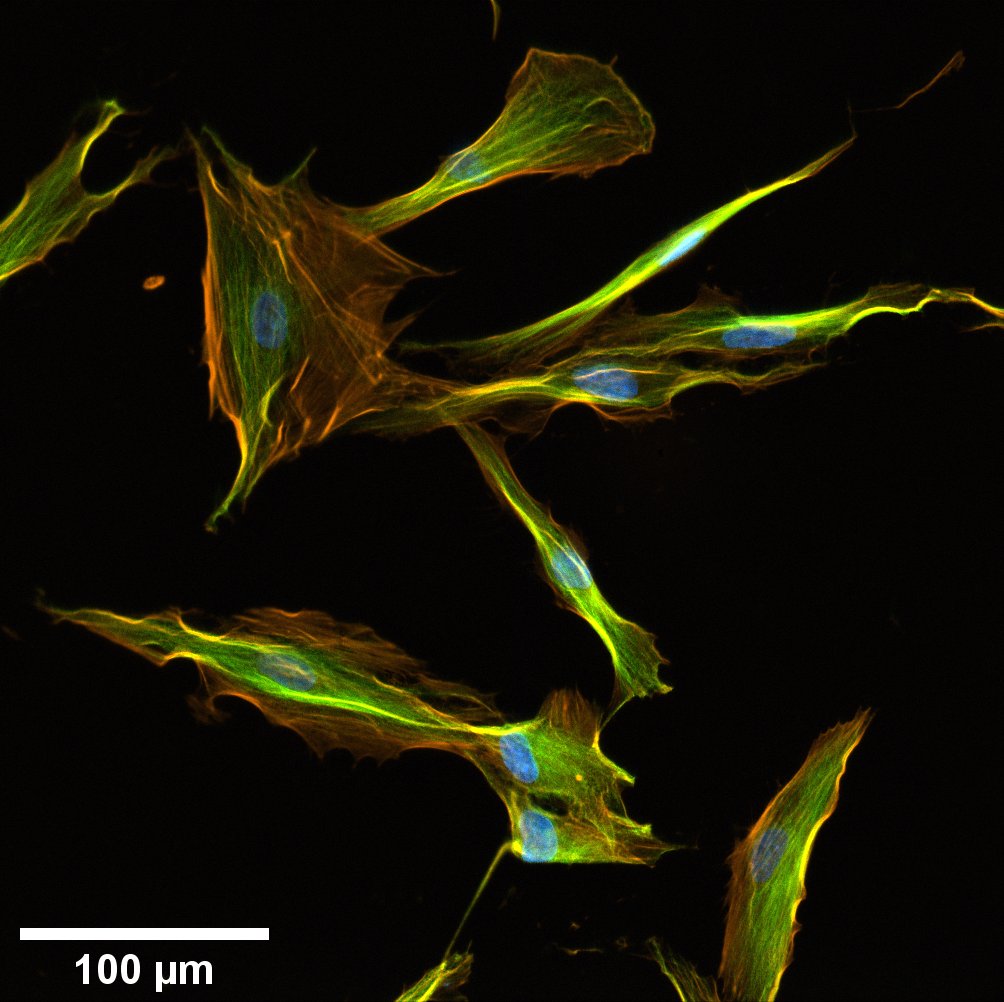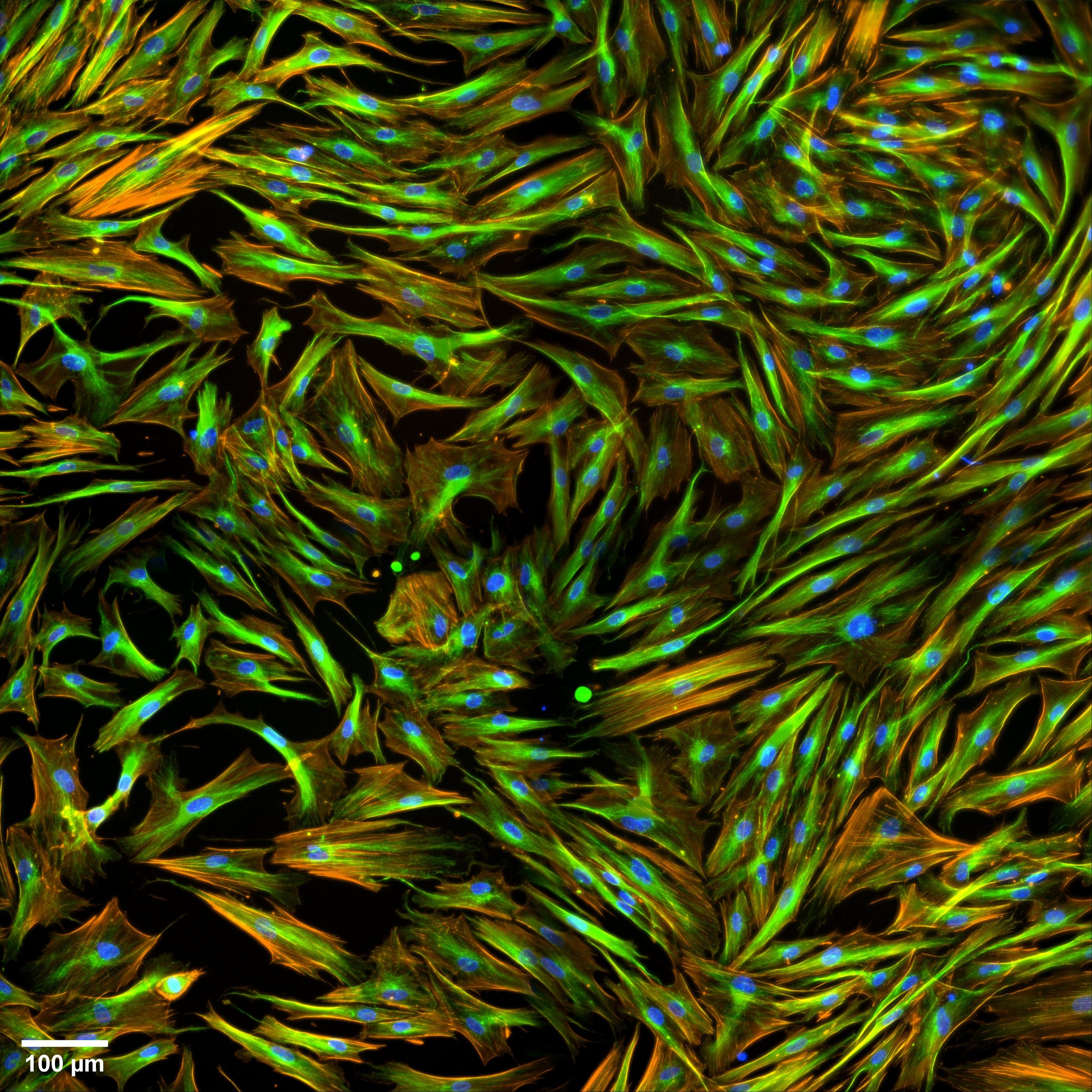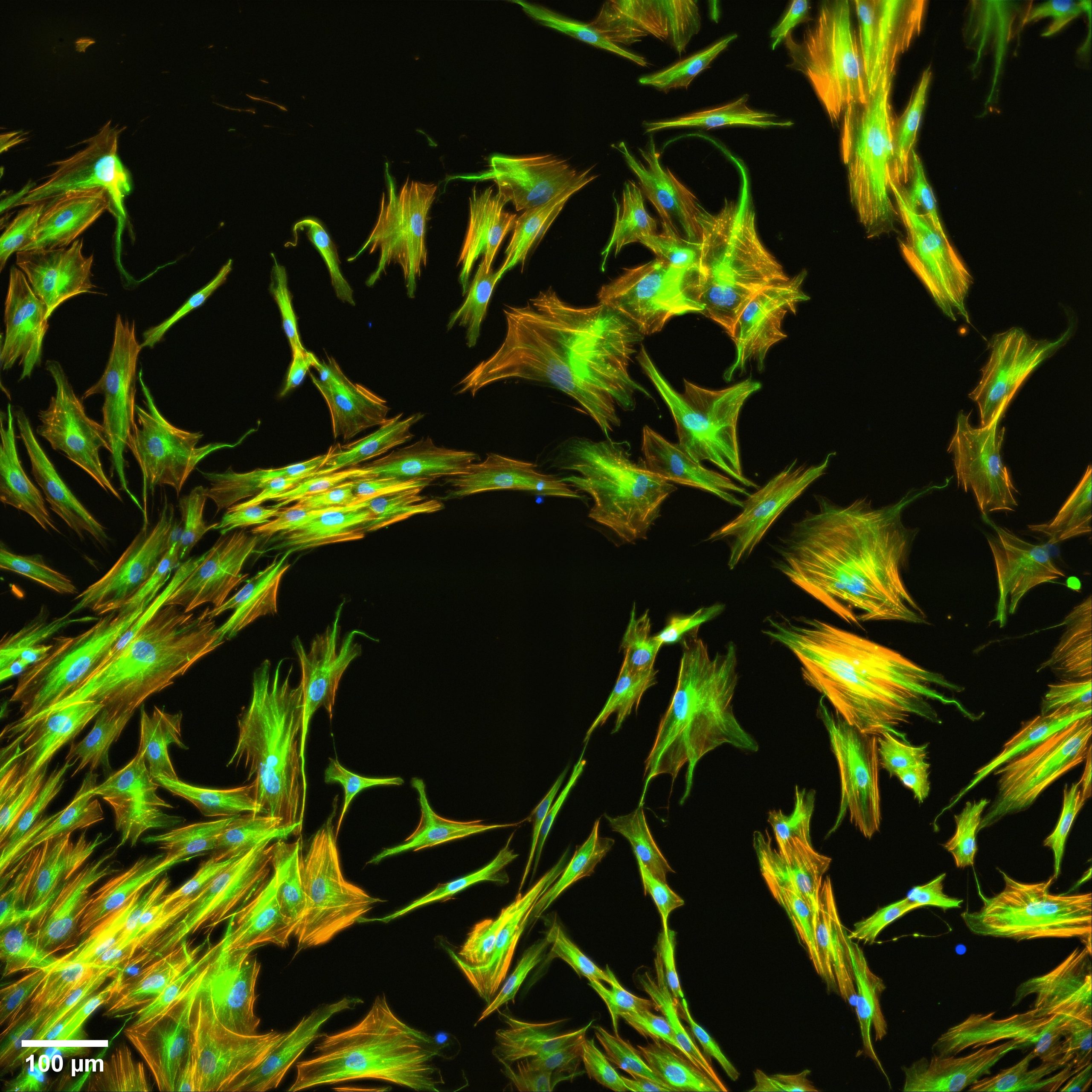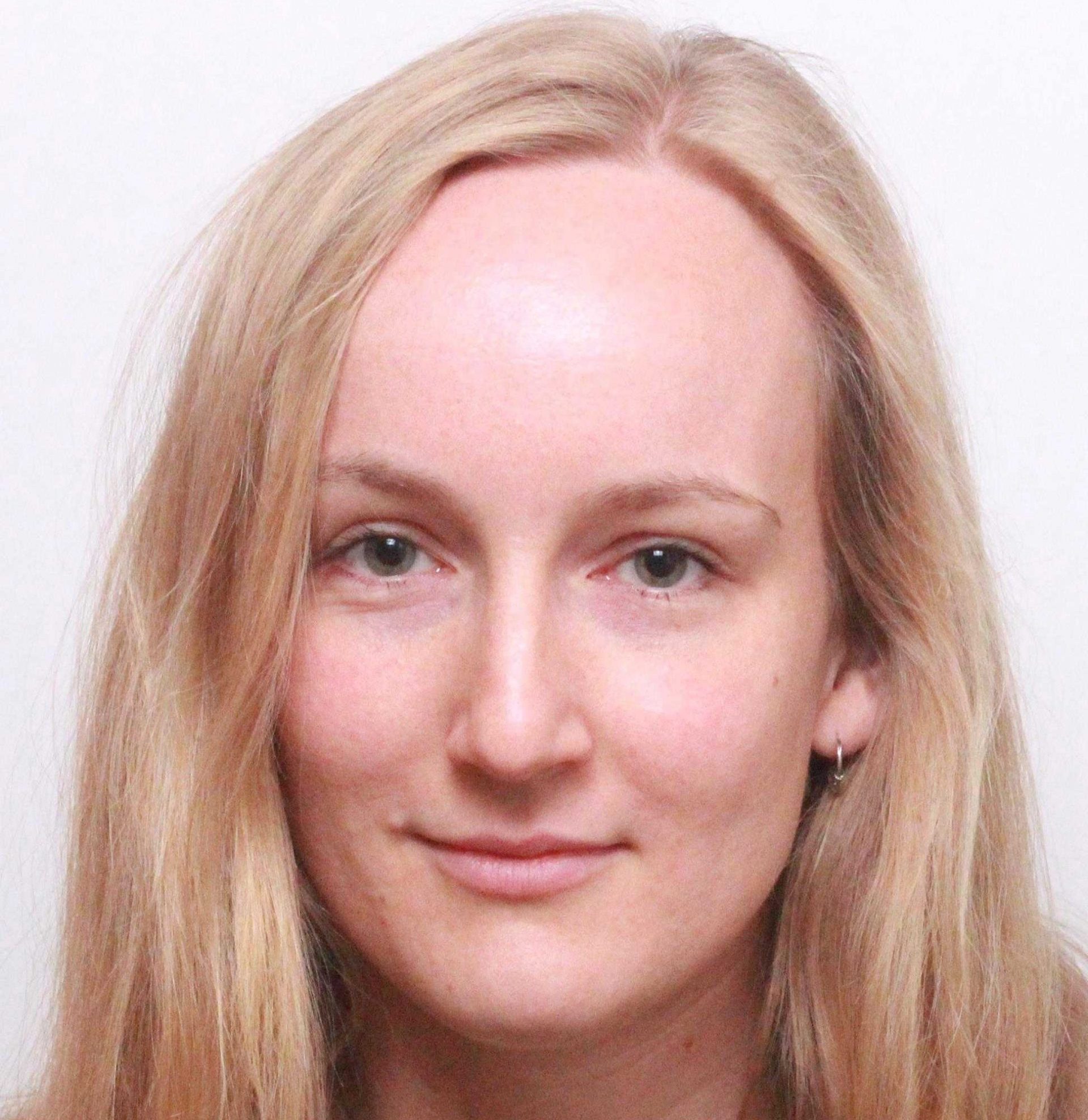ABOUT ARTIST:
After completing her master in Cognitive Neuroscience, Eline started as a doctoral student at the Radiobiology Unit of the Belgian Nuclear Research Centre SCK CEN in collaboration with the University of Ghent. For her research, she uses in vitro models of cultured primary neurons and fibroblasts to investigate how the space environment affects the brain and the skin. With this research she aims to identify possible interaction effects of spaceflight stressors on these organs.
As a scientist, Eline focuses on how the human body adapts to the spaceflight environment. Traveling to other celestial bodies will push the human body to its limits. Scientists will have to develop new strategies in order to limit the negative health effects of space travel, which can even be seen in one of the smallest living systems in our body: the cell.
SUBMISSION: AstroSkin
In space, microgravity, ionizing radiation and increased levels of psychological stress, pose challenges on the human body. Astronauts on long-duration space missions report skin rashes, itches, and decreased wound healing. Investigation upon return after long-duration space missions show skin aging-related symptoms.
To overcome these issues, more knowledge about the effect of the spaceflight environment on the skin is needed. While access to space at present day and valuable astronaut data is still limited, researchers are recreating the space environment on Earth to investigate how the simulated space environment affects human health. By exposing human skin cells to a combination of simulated models of microgravity, ionizing radiation, and psychological stress, we aim to get a clearer understanding of how these spaceflight stressors interact and affect a proper functioning of the human skin.
In this work, we have exposed human skin cells to either microgravity, ionizing radiation, stress hormones or a combination of these factors. We then investigate how skin cells are affected by looking at how they migrate into an open wound area. During migration, cells continuously rearrange their cytoskeleton, a complex network of interlinking proteins providing the cells their shape and structure and mechanical support for functions such as cell division and movement. Targeting specific proteins in their cytoskeleton and labeling them with a fluorescent label makes it possible to visualize these important proteins under a fluorescent microscope. Hence, we are able to observe how the cells perform this cytoskeleton rearrangement during migration after exposure to the simulated spaceflight environment. Especially microgravity seems to affect this process, resulting in wrongly arranged cytoskeleton and reduced cell motility.



